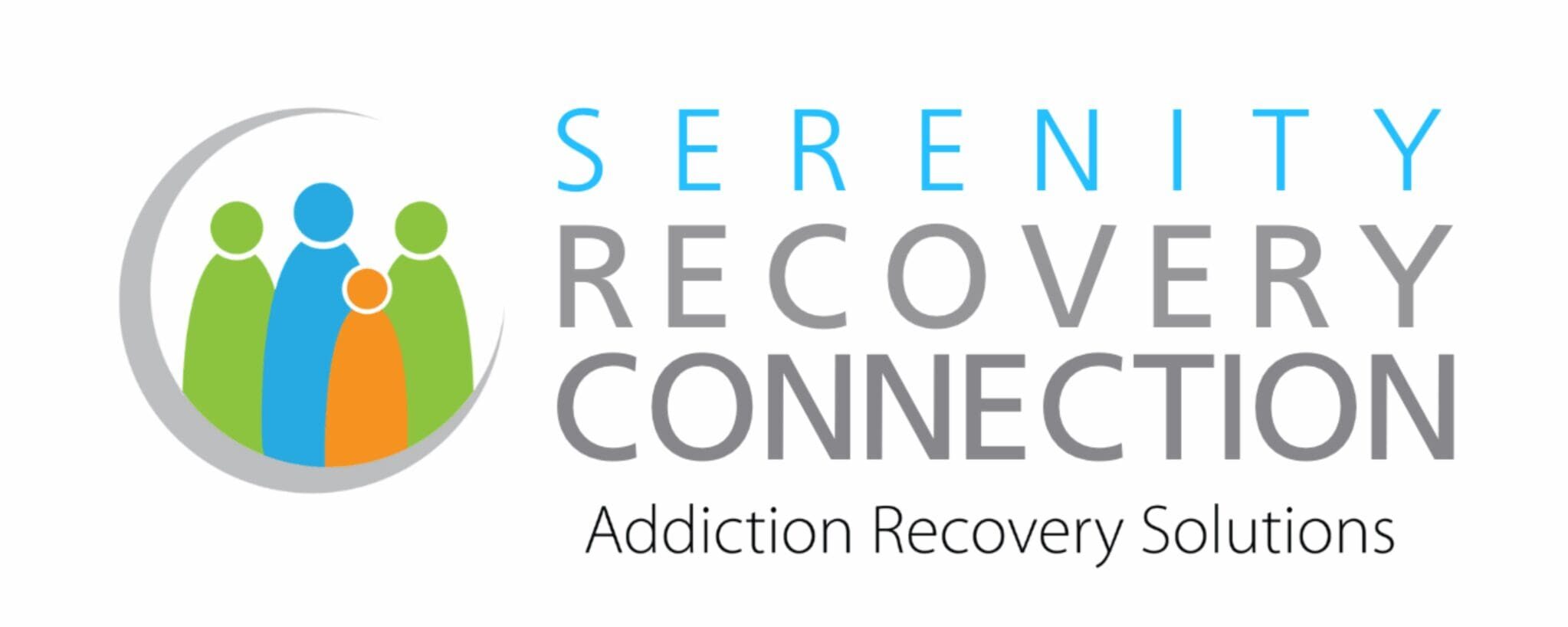Telemedicine for SUD Treatment
Telemedicine for Substance Use Disorder (SUD) Treatment
By, Julia Brownfield, MPHE
Springs Recovery Connection, Director of Programs
As technology advances, so does its application in various daily practices, including medicine. The emergence of the COVID-19 has probably accelerated the range of applications of different emerging technologies. Even so, estimates show that 13,000 beneficiaries of Medicare had received treatment through telemedicine before the pandemic hit the world (3). In the last week of April 2019, 2 million people received treatment via telemedicine. People with substance abuse disorder (SUD) form part of these patients even though this particular treatment faces a myriad of challenges, considering that studies consistently show no varying patient outcomes between in-patient treatment and telemedicine.
One of the apparent importance of providing SUD treatment through telemedicine today is preventing COVID-19 transmission. During the pandemic, telemedicine played a key influential role in ensuring that people suffering from SUD did not discontinue their treatment due to the lockdown. Patients were able to have access their physicians, caseworkers, and medications through telemedicine. Recent data reveal that less than 20% of people with SUD access SUD treatment (1). There is a dire need for SUD treatment services in rural areas, and access to treatment is particularly limited (1). SUD treatment facilities in rural areas are usually very few, making access complicated and costly. However, different SUD treatment options can be administered individually or through a group setting (1).
Besides preventing COVID-19 transmission, telemedicine plays a key role in increasing access to SUD treatment. Access to treatment is considered one of the critical barriers facing the uptake of SUD treatment among addicts. The barriers could be in the form of transportation costs for those using public means; others have to spend long hours away from work, while others may be forced to cater to additional expenses such as childcare. These are just a few barriers that affect people seeking SUD treatment. Telemedicine is critical in helping addicts overcome these challenges and access the right kind of treatment they need.
Telemedicine is utilized by people suffering from SUD in several ways. SUD treatment usually takes a multifaceted approach involving medication, psychotherapy, behavioral therapy, and even group therapy. Treatment of SUD has both the mental health and physical health component, and the treatment is usually customized to the patient’s needs.
Treatment is usually given individually between the client and the physician or psychiatrist or even through a simultaneous collaboration of different experts dealing with the patient (3). This can be done through teleconferencing or through other technologies such as mobile applications, text messaging, social media interactions and telephone support, virtual realities as well as through web-based computer options (3).
There are several aspects to SUD treatment through telemedicine. For instance, prescription of SUD medication is done by linking a patient with a physician through videoconferencing. The mental health aspect involves linking a psychotherapist with a SUD patient through Skype or Zoom (3). Other aspects of Telemedicine in SUD treatment include telemonitoring. In telemonitoring by collecting patient information, get in touch with the patient through telephone or text, and administering interventions (3). Tele-mentoring involves training and consultations held between experts and specialists. In addition, telemedicine can allow groups therapy through videoconferencing with a licensed specialist in charge (3). Through group therapy, SUD patients can support each other emotionally without the risk of COVID-19 transmission.
Studies show that there are no significant differences in terms of patient outcomes between the person ib treatment and SUD treatment through telemedicine. For instance, recent studies show similar treatment outcomes between tobacco addicts treated in person and those treated via Telemedicine (2). These studies indicate that the main motivation behind participation and referring others is the convenience that comes with Telemedicine (2).
Regarding alcohol treatment, recent studies show that telemedicine patients had a relatively lower dropout rate than their counterparts receiving in-person SUD treatment. Retention rates are considered higher both after 6 month and one-year follow up (2). Similarly, other related studies have shown higher retention rates among telemedicine patients receiving SUD treatment than in-person patients (2).
There is limited data showing the differences between overdoses and death between these two groups of patients. However, all markers of overdoses and deaths due to SUD such as treatment retention and low dropout rates indicate that telemedicine is having a positive effect on the reduction of overdoses and deaths due to SUD (2).
There are major concerns about telemedicine that further inhibit access to SUD treatment. First include regulatory barriers such as the Ryan Haight Online Pharmacy Consumer Protection, which created restrictions on prescription-controlled substances such as buprenorphine (4). Even so, recent laws and changes in regulations enacted during the pandemic have made it easier for patients to receive SUD treatment.
In addition to that, telemedicine appears to be somewhat of a double-edged sword. While it enhances privacy, it also threatens it if the person cannot freely find a secure place to interact with the specialist (4). Other than that, most SUD patients suffer from poverty and may not have access to the technologies required for telemedicine, such as smartphones and Wi-Fi (4).
In conclusion, the future of telemedicine looks bright even with a myriad of challenges facing the sector. This is partly due to the pandemic that accelerates telemedicine in a bid to suppress COVID-19 transmission.
References
1-Huskamp, H. A., Busch, A. B., Souza, J., Uscher-Pines, L., Rose, S., Wilcock, A., & Mehrotra, A. (2018). How is telemedicine being used in opioid and other substance use disorder treatment?. Health Affairs, 37(12), 1940-1947.
2-Lin, L. A., Casteel, D., Shigekawa, E., Weyrich, M. S., Roby, D. H., & McMenamin, S. B. (2019). Telemedicine-delivered treatment interventions for substance use disorders: a systematic review. Journal of substance abuse treatment, 101, 38-49.
3-Molfenter, T., Brown, R., O’Neill, A., Kopetsky, E., & Toy, A. (2018). Use of telemedicine in addiction treatment: current practices and organizational implementation characteristics. International Journal of Telemedicine and Applications, 2018.
4-Shakir, M., & Wakeman, S. (2021). Substance use disorder and telemedicine: Opportunity and concern for the future. Journal of General Internal Medicine, 36(9), 2823-2824.

